Have you ever watched a historical drama in which a scientist tries to convince a group of people who are set in their ways that germs are real or that disease isn’t spread via bad smells? You’re most likely sitting there, shaking your head, thinking how foolish these naysayers will look in the future.
The very nature of science is to observe, hypothesis, and experiment. New ideas can be hard to prove and are often met with resistance. So, it’s no surprise that there exists an extensive catalog of predictions by scientists that were initially disregarded. Here are just a few.
1. Climate Change Predictions

For decades, scientists have warned about the consequences of burning fossil fuels and climate change. Despite overwhelming evidence, many politicians and individuals have downplayed or denied the severity of the issue.
Since as early as 1896, scientists have been aware of climate change issues. Swedish scientist Svante Arrhenius predicted that fluctuations in atmospheric carbon dioxide levels could significantly impact surface temperatures through the greenhouse effect. Despite numerous scientists’ subsequent releases of substantial evidence, a segment of climate change deniers persists.
2. Cigarette Smoking and Cancer

Back in 1966, approximately 42% of the US adult population were cigarette smokers. Today, that number sits at 11.5%. By the 1950s, scientists reported that cigarettes were a cause of human disease, but this information was met with resistance by the tobacco companies and the general population.
In 2006, cigarette manufacturers were finally sued for their persistence in selling despite knowing the truth. Seventy years of public awareness and accountability are finally decreasing the number of smokers.
3. Germ Theory

Until the 19th century, it was widely believed that foul air, known as miasmas, was responsible for spreading diseases such as cholera and the bubonic plague. These miasmas were thought to be created from rotting matter.
While germ theory was known, it wasn’t until the late 19th century that it became an accepted truth. It wasn’t until Louis Pasteur’s work in 1861 that germ theory was accepted.
4. Dangers of Asbestos

Asbestos was found to harm human health starting in the early 20th century. However, widespread recognition of its dangers and regulatory actions took several decades. In 1934, researchers discovered a link between asbestos handling and disease.
The warnings about it didn’t come into effect until 1942. Despite this, the asbestos industry continued to thrive, with many denying or hiding the scientific evidence. Although most countries have banned its use, the U.S. and Mexico continue to import it for some industries.
5. Overuse of Antibiotics

Scientists warned about the dangers of overprescribing antibiotics and the rise of antibiotic-resistant bacteria. Their warnings went unheeded by many, and widespread misuse of these drugs has led to the emergence of superbugs that are increasingly difficult to treat.
Many general practitioners prescribe antibiotics to people with colds and viruses, but these medicines have only a placebo effect on these conditions. Antibiotics are only effective in particular bacterial infections.
6. Extinction Crisis
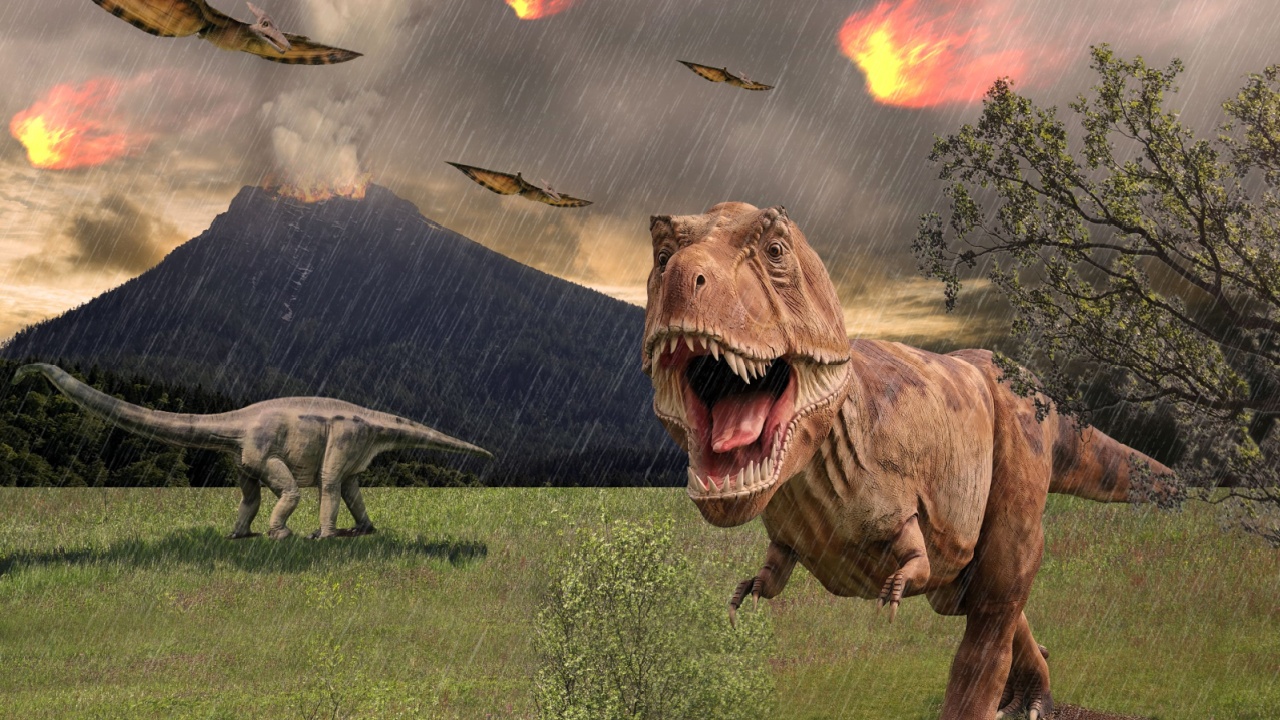
Conservationists are often ignored and don’t receive sufficient attention or funding. Due to human activities such as deforestation, pollution, and habitat destruction, many species are being added to the endangered and extinction lists.
While some extinction is a natural phenomenon, scientists have shown that humans are accelerating its growth. A report from the WWF showed that animal species had reduced by 60% since the 1970s.
7. Theory of Evolution
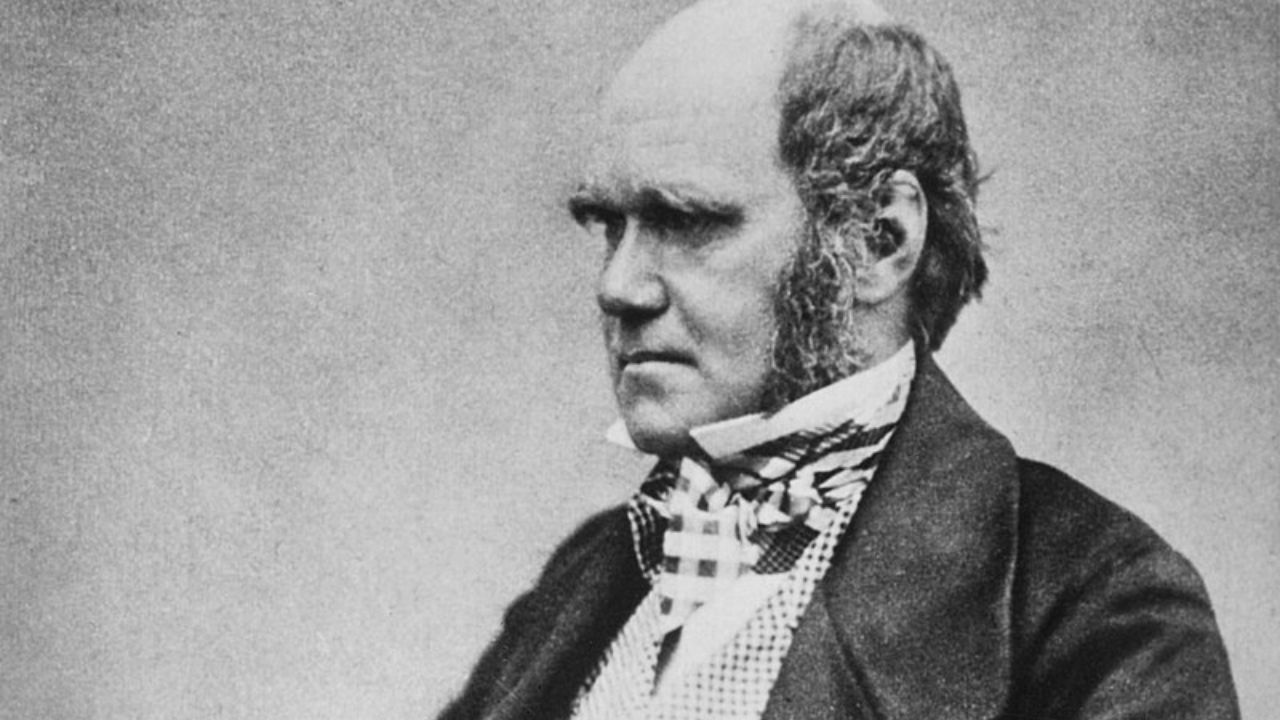
Charles Darwin’s theory of evolution, published in 1859, contradicted what many religious and scientific circles believed at the time. Despite abundant evidence from fields such as paleontology, genetics, and comparative anatomy, acceptance of evolution took many years and continues to be contested by some.
Darwin’s theory revolutionized disciplines beyond biology. Studies have shown it helps us understand the fundamental principles of human life in other scientific fields, such as anthropology, psychology, and medicine. It also provides insight into the origin of diseases.
8. Diet and Health

Nutrition scientists have warned us against excessive consumption of processed foods, sugar, and unhealthy fats, linking them to obesity, diabetes, and heart disease. However, marketing campaigns promoting unhealthy products have often overshadowed these warnings.
With abundant conflicting information fed to us daily, knowing what is right and who to listen to can be difficult. It’s probably advisable to listen to science over the cereal jingle on the TV.
9. Lead Poisoning
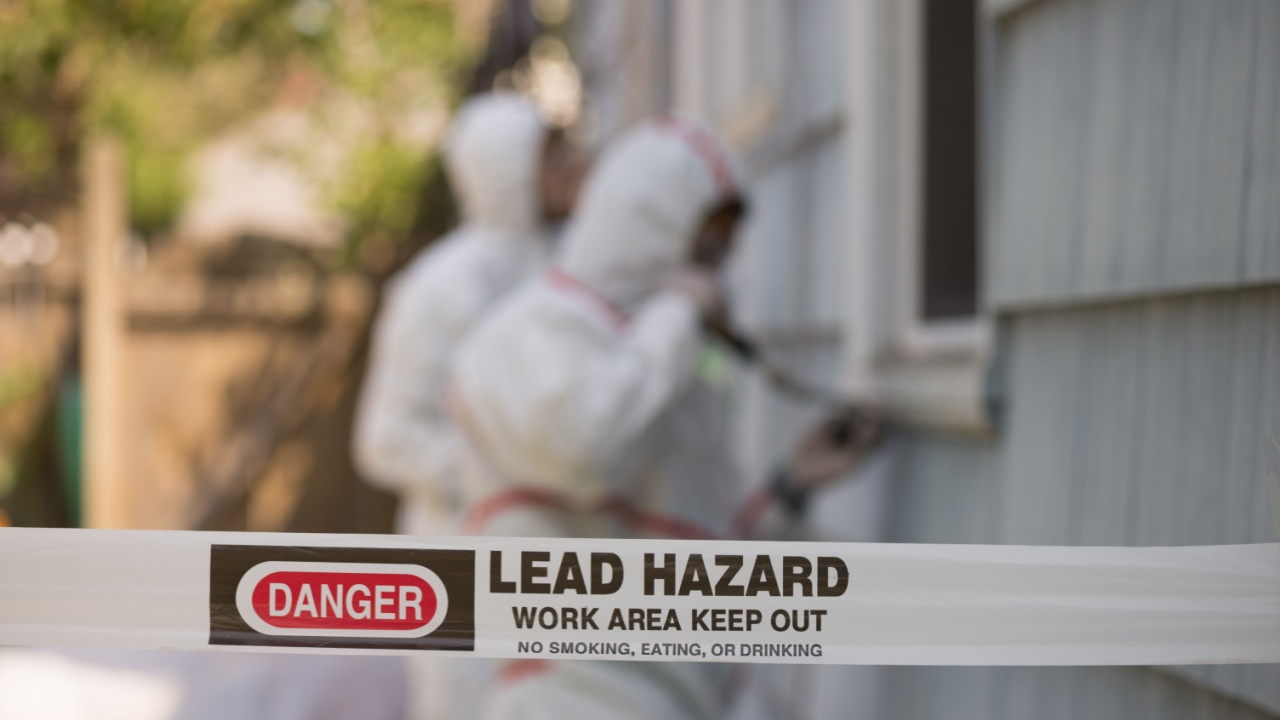
Humankind has used lead for thousands of years. It’s been used to make coins, bullets, and armor. In the Middle Ages, lead was used in alchemy. In the Victorian era, it was widely used in cosmetics. In the 20th century, it was used in paint and gasoline.
Through science, we now know that lead poisoning can cause issues such as decreased mental capabilities, irritability, and, in acute cases, paralysis. The Romans knew there were lead issues, but that didn’t stop anyone from using it. It wasn’t until the 1970s that the EPA finally stopped its use in fuel and paint, and the public became more aware of the issue.
10. DNA and Heredity

The idea that genes encode hereditary traits faced initial skepticism. Yet, in the 1950s, scientists like James Watson and Francis Crick discovered the structure of DNA and its role in heredity, revolutionizing biology and genetics.
This discovery has helped immensely in the field of medicine. It can be used as a preventative measure and a diagnostic tool to determine someone’s susceptibility to particular conditions and diseases.
11. Plastics Pollution

The invention of plastics emerged in the early 20th century and gained popularity after World War II. By the 1960s and 70s, scientists started to become concerned about plastic pollution in the environment. Environmental scientists have warned about the pervasive problem of plastic pollution in oceans and ecosystems, which poses threats to marine life and human health.
Unfortunately, those in charge have taken a long time to raise awareness and make positive changes to reduce plastics. Some U.S. states take on the challenge of reducing plastics proactively, while others don’t have recycling programs.
12. Pesticide Use and Environmental Damage

Agricultural scientists have cautioned against the indiscriminate use of pesticides, which can harm beneficial insects, soil health, and water quality. However, intensive farming practices often prioritize short-term gains over long-term sustainability.
Take, for instance, the case of DDT, a potent pesticide once used extensively on crops. Despite its effectiveness in controlling pests, DDT’s persistence in the environment and its harmful impact on wildlife led to its eventual ban. Yet, the legacy of DDT continues to pose challenges as residues persist in ecosystems and still affect organisms today.
13. Overfishing and Marine Depletion
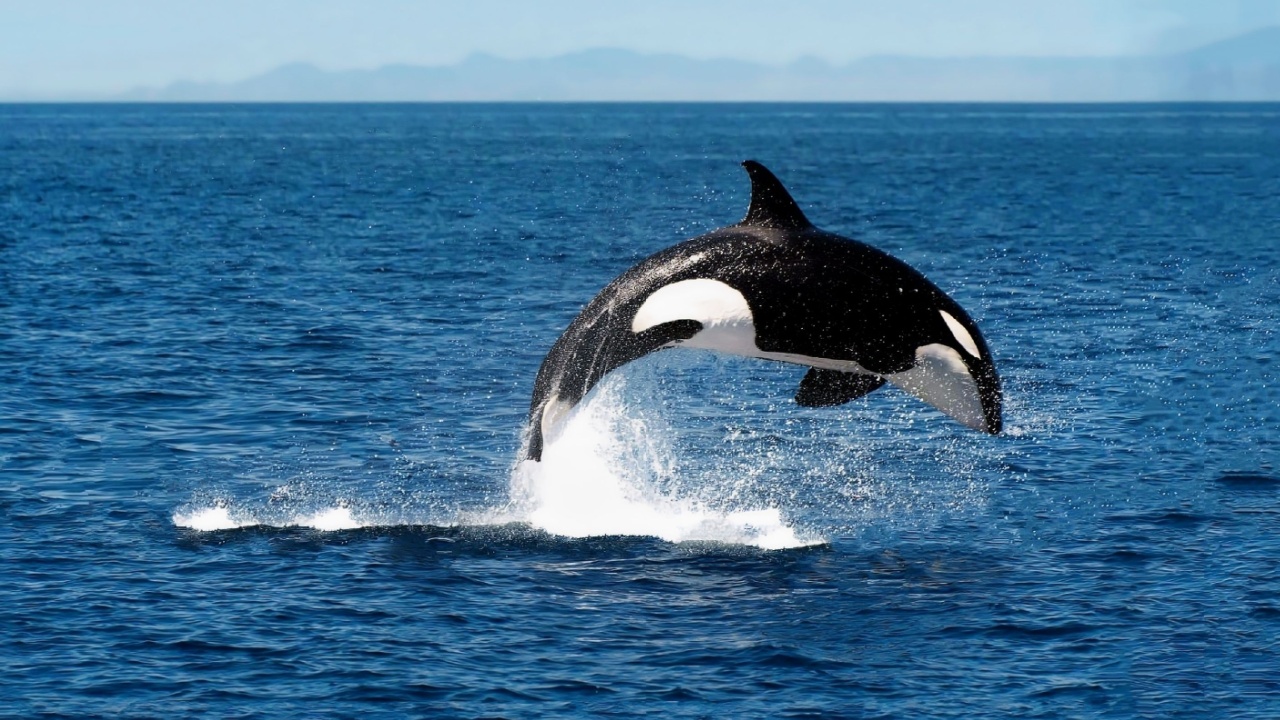
There’s a reason caviar is expensive—it’s hard to get because most sturgeon fish are on the endangered list. Marine biologists have warned about the depletion of fish stocks due to overfishing and destructive fishing methods.
The depletion of fish populations in the ocean disrupts the ecosystem’s delicate balance, leading to far-reaching consequences. Since many other marine species depend on fish as a food source, this depletion triggers a chain reaction throughout the ocean’s food web. Maybe it’s time to lay off the caviar.
14. Space Debris

Space is vast, so what’s a little space debris? Astronomers have raised concerns about the growing amount of space debris orbiting the Earth and estimate that about 34,000 pieces are floating around, which could cause a lot of damage if they were to hit something. Space junk is the result of humans shooting things into space.
Logistical and regulatory challenges have hampered efforts to retrieve space debris. Also, some methods — such as firing a missile to destroy a dead satellite — have been scrutinized, creating even more space junk.
15. Bloodletting
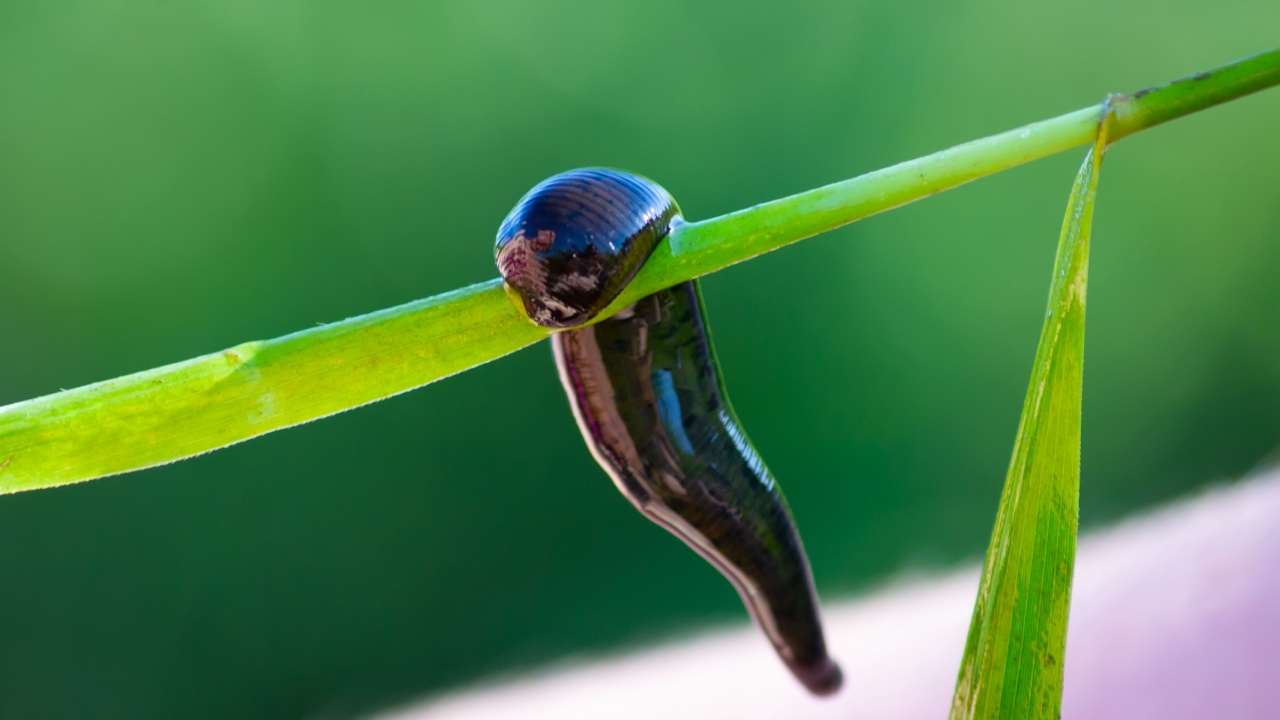
For thousands of years, many illnesses were treated by bloodletting. Several methods were used, one of which even included leeches. This may seem strange, given that having a good blood supply is essential for health. However, medical professionals believed it purged the body of sickness.
Studies regarding bloodletting’s effectiveness were conducted in the 19th century. Of course, many were still skeptical about the results, and the method didn’t entirely lose favor until the end of the century.
Read More From Us – 17 Movies With Zero Expectations That Blew Us Away

Never judge a book by its cover. You can say the same about movies.
Some of our favorite films are the ones we went into with no expectations. Despite this, they blew us away from start to finish.
17 Movies With Zero Expectations That Blew Us Away
Read More From Us – Classic 80s Movies Better Than Anything Released Today
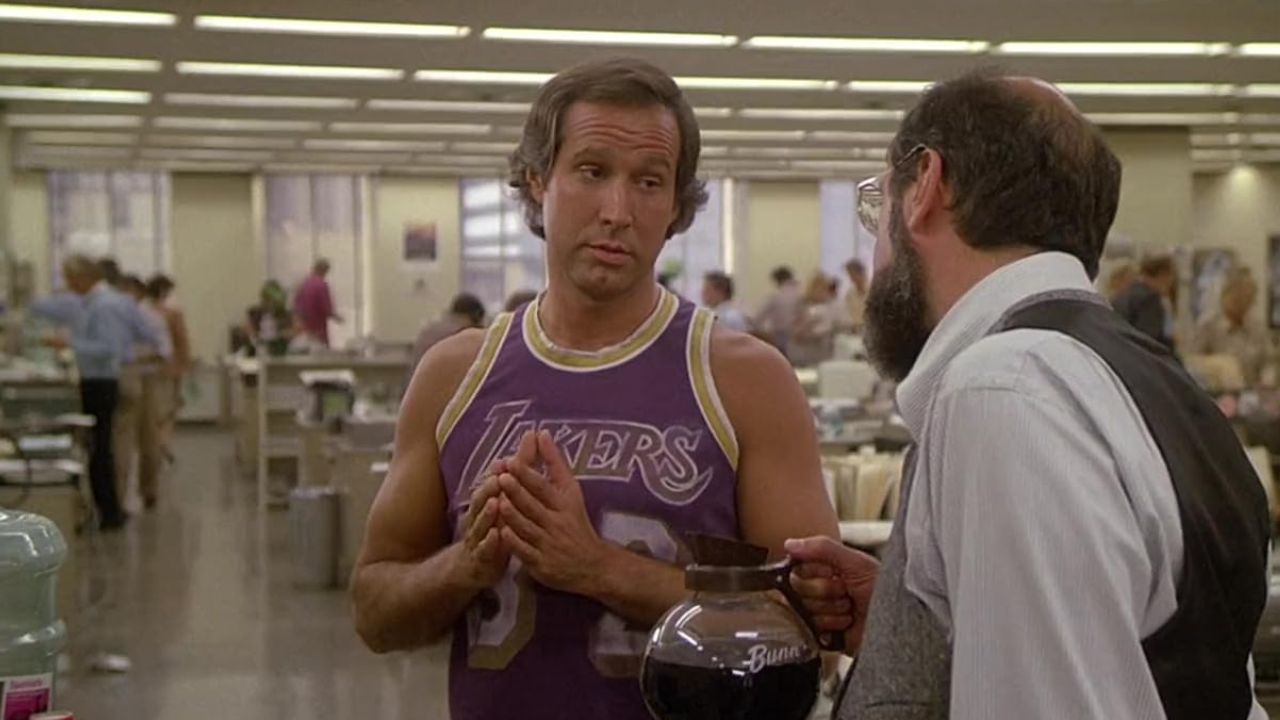
The 80s was an incredible time for film. From award-winning cinema to hilarious comedies and everything in between, there was something for everyone to enjoy.
Thankfully, many of these 80s movies still hold up today. I regularly find myself watching these beloved 80s movies more often than modern cinema.
Classic 80s Movies Better Than Anything Released Today
Ree Winter, an Australian journalist now based in New Orleans, combines her love for solo travel with a sharp eye for great flight and accommodation deals. She eagerly shares her travel insights with her audience, drawing from her rich experiences. Ree holds a Master's degree in Journalism and a Bachelor of Arts in Literature and History. Her fascination with history is evident in her stint as a tour guide at historic house museums, showcasing her knowledge of architectural history. Beyond journalism and history, Ree has a unique flair for coffee culture. As a barista, she's operated a coffee van at various events and markets, showcasing her skill in coffee preparation.
